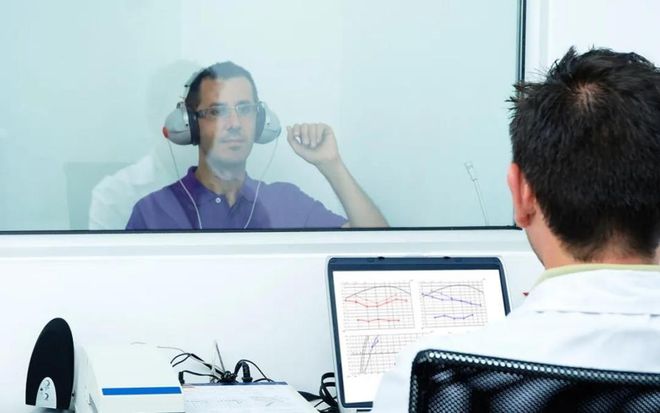Many industries, including hearing aids and headphones, have adopted noise-cancelling technology. This technology has dramatically improved the listening experience as we move through our daily lives and are exposed to more noise. By reducing the volume of personal electronic devices such as smartphones, speakers, laptops, etc., noise cancellation features can protect your hearing health.
What are noise canceling hearing aids
The hearing aids do not actually cancel out noise, they can be equipped with noise reduction algorithms to improve signal-to-noise ratios in noisy environments. Hearing aids can amplify sounds that you are interested in, such as the voice of your friend across the table at you in a noisy restaurant. They also reduce background noise like silverware clicking or people talking at the other table.

Noise reduction is not an option for the most basic hearing aids. Hearing aids that can distinguish important sounds may be more costly than lower-level hearing aids, these higher-tech aids can still help you hear in noisy environments.
How do noise canceling hearing aids work?
This feature is especially useful for those who commute regularly, suffer from noise sensitivities, and hearing loss who work in noisy environments. This technology is easily accessible, but you might be curious about how it works.
These adjustments are made in different frequency bands, improving comfort without compromising intelligibility by reducing noise-dominant frequency bands while preserving those useful and important for speech understanding.
For example, the noise is mostly in the low frequency band, while the voice is in the middle and high frequency, the noise reduction system will reduce the gain of the low frequency band, and will not deal with the sound of the high frequency band. To achieve the purpose of “filtering noise”. Most of the current mainstream hearing aids are multichannel, and the noise reduction function can work independently in each individual channel.

If the noise is loud and no speech is detected, the noise-cancelling system will reduce the overall level of the output by reducing the noise volume. If speech is detected, the reduction will be reversed to ensure that these important speech sounds are audible.
In addition, some hearing aids are equipped with directional speech enhancement technology, and noise source tracking and supression technology, as it's name indicates, these technologies can enhance speech soundes, and suppress noise level directionally and intelligently.
Why you should consider using noise cancelling hearing aids
A lower-tech hearing aid with basic sound amplification might be best for people who live in quiet areas and have minimal hearing loss. If you listening environment is noisy, you should consider a more advanced hearing aid.
There places include:
- Auditoriums, places of worship, and other large spaces might have lots of echoing
- Parties and crowded restaurants
- Large conferences or meetings
- Movie theaters and concerts
In an ideal noise-cancelling system, hearing aids only reduce unwanted noise, leaving the desired speech signal intact. In this ideal scenario, it would identify useful sounds to deliver to the user and filter out the noise.
At present, the noise reduction technology of hearing aids is not so “perfect”. In order to achieve this goal, the key is that the system can accurately analyze and recognize speech and noise.
If you don't know how to treat hearing loss, it's worth your time to seek the help from a professional audiologist. Get started today.

